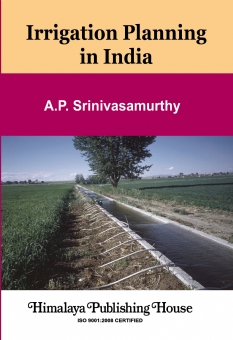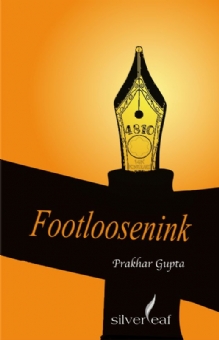The book is a critical appraisal of India’s plans for irrigation development during the three and a half decades from 1951. The characteristics of India’s planned economy, the machinery of planning with special reference to irrigation planning, the historical role of government in irrigation development, priority criteria in investment allocation for major, medium and minor irrigation projects, achievements relatively to irrigation potential and plan targets, region wise and crop wise distribution of irrigation facilities, problem of underutilization of created irrigation potential and the role of the command Area Development Authority, costs of irrigation development and returns to investment on irrigation, international cooperation for irrigation development-have all been critically dealt with and suggestions have been made to evolve a sound system of utilization of water resources, so as to permanently avoid the twin dangers of destructive floods and devastating droughts.
The Kannada version of the book was awarded a prize by the University of Agricultural Sciences, Bangalore, which has also published it.
Contents-
1. Characteristics of India’s Planned Economy
2. General Background to Irrigation Development
3. Irrigation Development and Government-A Historical Perspective
4. Irrigation-Project Classification and Priority Criteria; Analysis of Plan Outlays
5. Irrigation-Ultimate Potential, Plan Targets and Achievements and Crop wise Distribution
6. Irrigation Development in the Several States
7. Underutilization of Irrigation potential and Command Area Development Authority
8. Cost of Irrigation Development and Returns to Irrigation Investment
9. International Cooperation for Irrigation Development
10. Epilogue







